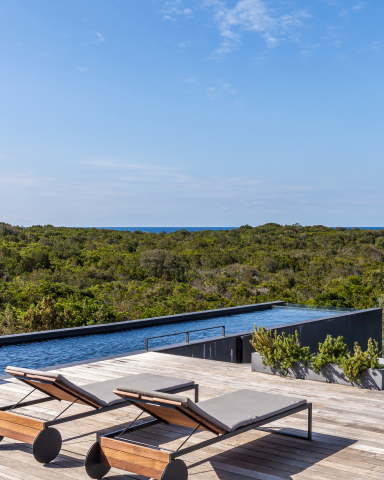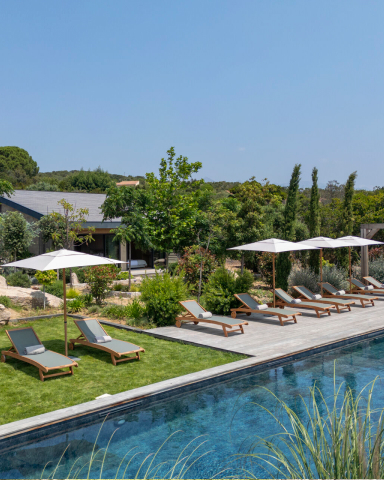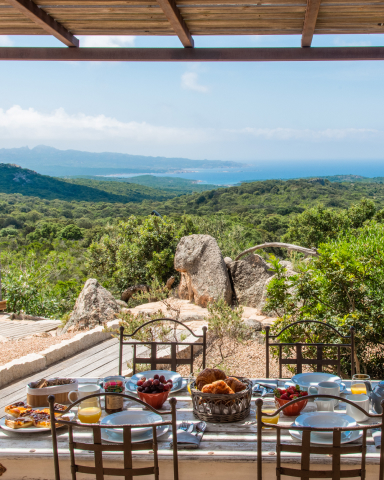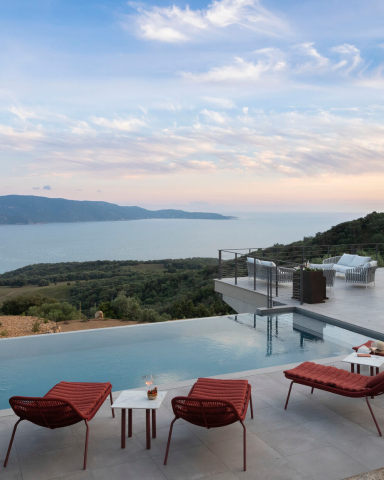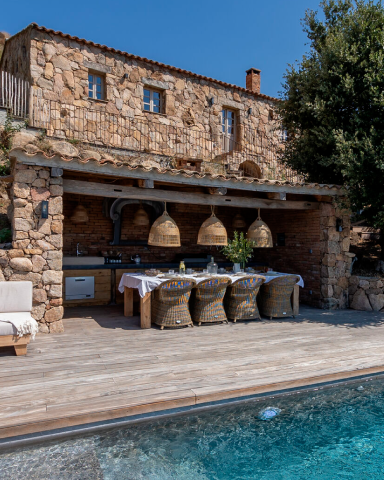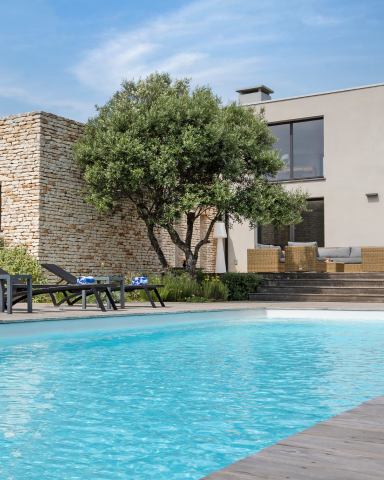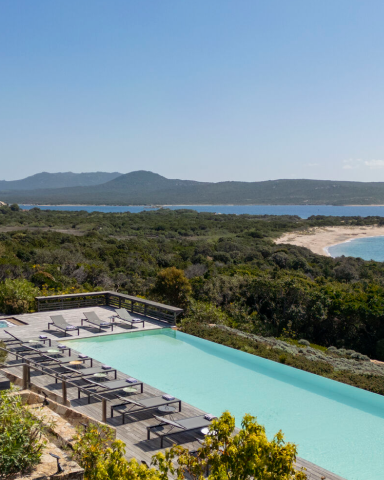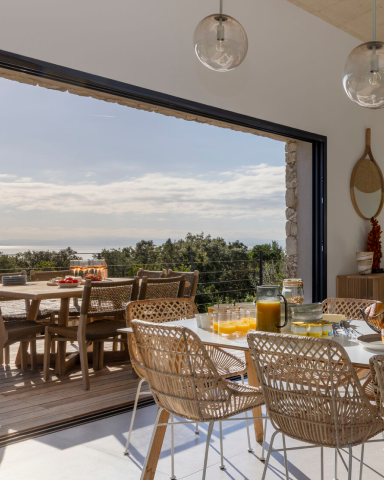Christmas in France: Your Complete Guide to Festive French Traditions

Understanding French Christmas: When and How France Celebrates
Christmas in France is celebrated on 25th December as a public holiday, but the festivities extend far beyond a single day. The French celebrate Christmas with remarkable devotion to tradition, family gatherings, and exceptional gastronomy that distinguishes their celebrations from other countries.
The French Christmas Season Timeline
The Christmas season in France begins subtly in late November when Christmas markets open across the country. By early December, cities illuminate their streets with spectacular light displays, and the festive spirit reaches its peak on Christmas Eve with the traditional réveillon de Noël dinner.
Unlike British celebrations, there is no Boxing Day in France. The 26th December is a regular working day, though many families continue their celebrations with extended family gatherings.
Père Noël: France's Father Christmas
Père Noël (pronounced pehr noh-EL), sometimes called Papa Noël, is France's beloved Father Christmas figure. According to French tradition, children leave their shoes by the fireplace or under the Christmas tree on Christmas Eve, hoping Père Noël will fill them with presents overnight.
The Shoe Tradition
Unlike British stockings, French children traditionally place their best shoes (les souliers) by the hearth, sometimes filling them with carrots and treats for Père Noël's donkey, Gui (meaning "mistletoe" in French). By Christmas morning, well-behaved children find their shoes surrounded by gifts. This charming custom remains popular, though modern families sometimes use decorative boots (la botte de Noël) or stockings (la chaussette de Noël).
Letters to Père Noël
Since 1962, France has maintained a delightful law requiring every letter to Santa Claus to receive a reply. Thousands of postal workers voluntarily respond to children's letters each year, ensuring no child's Christmas wish goes unacknowledged.

Le Réveillon de Noël: The Christmas Eve Feast
The centrepiece of French Christmas celebrations is le réveillon de Noël, the lavish Christmas Eve dinner. This elaborate feast typically begins late in the evening and can extend past midnight, making it the most important meal of the entire Christmas period.
Traditional Christmas Foods in France
French Christmas cuisine showcases the country's gastronomic excellence. Regional variations exist, but certain dishes appear on tables throughout France:
Starters and Mains:
- Fresh oysters (huîtres) served on ice
- Foie gras with fig jam or toasted brioche
- Smoked salmon (saumon fumé)
- Escargots in garlic butter
- Roast turkey with chestnuts (dinde aux marrons)
- Roast capon (chapon rôti)
- Roast goose (oie rôtie)
- Venison or duck
Side Dishes:
- Green beans (haricots verts)
- Gratin dauphinois (creamy potato bake)
- Roasted root vegetables
- Seasonal salads
Dessert: The meal concludes with la bûche de Noël, an exquisite sponge cake rolled with buttercream and decorated to resemble a Yule log. Modern versions feature elaborate chocolate work, flavoured mousses, and artistic presentations that rival patisserie window displays.
The Thirteen Desserts of Provence
In Provence, Christmas Eve dinner features an extraordinary tradition: les treize desserts (the thirteen desserts). These represent Jesus and his twelve apostles and must remain on the table for three days. The assortment includes:
- White and black nougat (nougat blanc et noir)
- Dried figs, dates, and raisins
- Fresh seasonal fruits
- Candied fruits
- Pompe à l'huile d'olive (olive oil brioche)
- Gibassier (anise-flavoured flat cake)
- Almonds and walnuts
- Calissons d'Aix (almond sweets)
Christmas Markets in France: Where Magic Comes Alive
French Christmas markets (marchés de Noël) are legendary, attracting millions of visitors who come to experience their enchanting atmosphere, artisan crafts, and regional specialities.
Strasbourg: The Christmas Capital of France
Strasbourg hosts France's oldest and most famous Christmas market, the Christkindelsmärik, dating back to 1570. Spread across multiple squares in the historic Grande Île district, Strasbourg's markets feature over 300 chalets selling everything from handcrafted decorations to regional delicacies.
When to Visit: Late November through Christmas Eve Highlights: The enormous Christmas tree at Place Kléber, illuminated cathedral, Alsatian specialities including bredele (Christmas biscuits), pain d'épices (gingerbread), and vin chaud (mulled wine)
Colmar: A Fairytale Christmas Setting
Colmar's five Christmas markets transform this already picturesque Alsatian town into a storybook village. Half-timbered houses adorned with lights create an unforgettable backdrop for festive shopping.
Must-Try: Alsatian tarte flambée, pretzels, and kougelhopf (traditional bundt cake)
Paris Christmas Markets
The French capital hosts numerous Christmas markets, each with distinct character:
- Champs-Élysées: The largest Parisian market with over 200 chalets
- Saint-Germain-des-Prés: Artisan crafts and gourmet products
- Tuileries Gardens: Family-friendly with ice skating and fairground rides
- La Défense: Modern market with international flavours
Lyon: Festival of Lights
Lyon's Fête des Lumières (Festival of Lights) takes place around 8th December, honouring the Virgin Mary. For four nights, spectacular light installations illuminate historic buildings, creating a magical atmosphere that blends art, technology, and Christmas spirit.
Regional Christmas Traditions Across France
France's diverse regions each contribute unique customs to the national Christmas celebration.
Saint Nicholas Day in Eastern France
In Alsace, Lorraine, and northern regions, Christmas celebrations begin on 6th December with Saint Nicholas Day (la Saint-Nicolas). According to legend, Saint Nicolas rescued three children from a wicked butcher, becoming the patron saint of children.
On the evening of 5th December, children place shoes at the entrance, leaving carrots and sugar lumps for Saint Nicolas's donkey. The saint arrives during the night, accompanied by the intimidating Père Fouettard (Father Whipper), who carries a whip and threatens naughty children whilst Saint Nicolas rewards good behaviour with sweets and small toys.
The Provençal Crèche and Santons
Provence maintains the beloved tradition of elaborate nativity scenes (crèches). These feature dozens of hand-painted clay figurines called santons (little saints), depicting not just the Holy Family but entire village communities.
Santon collections include bakers, farmers, hunters, washerwomen, and the delightful ravi (the delighted one), always portrayed with arms raised in joy at Jesus's birth. The Baby Jesus figurine is placed in the manger only on Christmas Day, whilst the Three Kings appear on 6th January for Epiphany.
Midnight Mass
Many French families attend la messe de minuit (midnight mass) on Christmas Eve, though masses now often take place earlier in the evening. Some villages hold candlelit processions, carrying the baby Jesus figurine to church nativity scenes.
Christmas Decorations: French Style
French Christmas decorations blend elegance with tradition, favouring natural materials and understated sophistication.
The Christmas Tree (Le Sapin de Noël)
Christmas trees appeared in Alsace during the 16th century before spreading throughout France. Traditional decorations include:
- Red ribbons and bows
- Glass ornaments resembling apples (referencing medieval traditions)
- Small white candles (now usually electric)
- Natural pine cones and dried oranges
- Handmade decorations
Advent Wreaths and Calendars
Couronnes de l'Avent (Advent wreaths) made from fir and pine branches feature four candles, one lit on each Sunday before Christmas. Advent calendars (calendriers de l'Avent) have become increasingly popular, with children opening one window daily throughout December.
Mistletoe: France's Lucky Plant
Mistletoe (le gui) holds special significance in French tradition as a lucky plant (plante porte-bonheur). Hung above doorways, it supposedly brings good fortune for the coming year. The old French saying "Au gui l'an neuf" (Mistletoe for the New Year) reflects this belief. Kissing under mistletoe at midnight on New Year's Eve supposedly guarantees happiness and prosperity.
Nativity Scenes
Many French households display nativity scenes (crèches), ranging from simple arrangements to elaborate displays with lighting, miniature landscapes, and extensive santon collections.

Christmas Shopping in France
French Christmas shopping is an art form, particularly in Paris where luxury boutiques create spectacular window displays.
Parisian Shopping Highlights
- Avenue Montaigne: Luxury fashion houses decorated for Christmas
- Galeries Lafayette: Famous for its enormous upside-down Christmas tree
- Place Vendôme: Illuminated jewellery houses create a sparkling spectacle
- Le Bon Marché: Artistic Christmas window displays and gourmet food hall
What to Buy
Traditional French Christmas gifts include:
- Premium chocolates and papillotes (foil-wrapped sweets)
- Champagne and fine wines
- Gourmet food hampers
- Handmade santons
- Christmas ornaments from markets
- French perfumes and cosmetics
- Artisan crafts
After Christmas: French New Year Traditions
Christmas celebrations extend into the New Year period with distinctive French customs.
Saint Sylvester's Day (New Year's Eve)
La Saint-Sylvestre (31st December) features another réveillon feast called le réveillon du jour de l'An. Champagne flows freely, and parties last well past midnight. New Year gifts (les étrennes) are exchanged, and people make New Year resolutions (bonnes résolutions).
Epiphany and La Galette des Rois
On 6th January (l'Épiphanie or la Fête des Rois), French families gather for la galette des Rois (Kings' cake). This puff pastry cake contains a hidden trinket (la fève), originally a dried bean but now typically a small porcelain figurine.
A child hides under the table, calling out names to determine who receives each slice. Whoever finds the fève becomes king or queen for the day, wears a paper crown, and traditionally must buy the cake for the next celebration. The room erupts with shouts of "Vive le roi!" (Long live the king!) or "Vive la reine!" (Long live the queen!).
Best Places to Experience Christmas in France
Paris: Urban Christmas Elegance
Experience world-class entertainment with opera ballets, cabaret shows, and Christmas concerts in historic churches. Stroll illuminated boulevards, visit prestigious markets, and indulge in Michelin-starred Christmas feasts.
Alsace: Traditional Christmas Heartland
Explore charming villages like Riquewihr, Eguisheim, and Kaysersberg, each hosting authentic markets surrounded by half-timbered houses. Sample regional specialities and experience centuries-old traditions.
French Alps: Mountain Christmas Magic
Megève, Chamonix, Courchevel, and Val d'Isère offer snow-covered Christmas with skiing, cosy chalets, warming raclette dinners, and family-friendly festive events including meetings with Père Noël.
Loire Valley: Château Christmas
Historic châteaux including Chenonceau, Amboise, and Langeais dress in spectacular Christmas decorations, offering festive light shows, special tours, and holiday entertainment in magnificent Renaissance settings.
Champagne Region: Luxury Christmas
Reims and Épernay provide elegant Christmas experiences with champagne house visits, gourmet dining, and sophisticated markets. The region's illuminated streets and prestigious hotels create unforgettable festive luxury.
Provence: Authentic Southern Christmas
Experience the unique thirteen desserts tradition, elaborate santons displays, and mild Mediterranean winter weather whilst exploring Christmas markets in towns like Aix-en-Provence and Marseille.
Corsica: Island Christmas with Ancient Traditions
Corsica offers a distinctive Christmas experience that blends French traditions with unique island customs rooted in centuries of history. Celebrating Christmas in a Corsican villa provides an intimate, authentic experience away from mainland crowds.
Unique Corsican Christmas Traditions:
U Focu Natalescu (The Christmas Fire): One of Corsica's most distinctive traditions involves lighting large bonfires (u rocchiu) in village squares on Christmas Eve. Children gather to prepare these fires, which are lit after midnight mass and kept burning from Christmas Eve through New Year's Day. Villagers collect embers to take home, symbolically warming the baby Jesus and bringing good fortune to their households. This custom, particularly strong in northern Corsica, likely has ancient pagan origins.
Paghjella Christmas Carols: Corsican churches host enchanting traditional polyphonic singing concerts during the Christmas season. The paghjella is a male three-part vocal tradition (UNESCO Intangible Cultural Heritage) featuring hauntingly beautiful harmonies sung a cappella. These Canti Natali (Christmas songs) create an unforgettable spiritual atmosphere.
Corsican Christmas Food:
Corsican Christmas meals reflect the island's unique culinary heritage, blending French and Italian influences with distinctive local ingredients:
- Pulenda: Chestnut flour polenta served with brocciu cheese, a Christmas staple
- Figatellu: Fresh liver sausage, traditionally made from pigs slaughtered in December
- Traditional Corsican charcuterie featuring coppa, lonzu, and prisuttu
- Chickpea soup and chestnut bread
- Bûche de Noël Corse: Christmas log cake made with chestnut cream
- Local cheeses including brocciu, niulincu, and calinzanincu
- Corsican wines and pietra (chestnut beer)
A touching custom involves throwing the first spoonful of Christmas Eve soup into the fire as an offering for the Christ child, demonstrating Corsican reverence and generosity.
Christmas Markets in Corsica:
Whilst more intimate than mainland markets, Corsican Christmas markets showcase authentic island products:
- Ajaccio: Early to mid-December, featuring local crafts and specialities
- Bastia: Mid-December, combining French and Italian influences
- Calvi: Throughout December in the historic citadel
- Île-Rousse: Coastal market with sea views
Why Choose a Corsican Villa for Christmas:
Renting a villa in Corsica for Christmas offers numerous advantages:
- Mild winter climate: Mediterranean temperatures remain pleasant (10-15°C)
- Authentic experience: Immerse yourself in genuine island traditions
- Privacy and space: Perfect for families seeking intimate celebrations
- Local gastronomy: Access to exceptional Corsican products and restaurants
- Stunning scenery: Dramatic mountains, beautiful coastlines, and charming villages
- Fewer tourists: Experience the peaceful, authentic Corsica locals know
- Flexibility: Cook traditional meals with local ingredients or dine at family-run restaurants
Christmas in Corsica emphasises family, tradition, and simplicity, offering a refreshingly different perspective on French festive celebrations.
Planning Your French Christmas Visit
When to Go
- Late November to Early December: Markets open, fewer crowds, competitive prices
- Mid-December: Peak festive atmosphere, all markets operating, more crowded
- Christmas Week: Some markets close on 24th December; book restaurants well ahead
- Post-Christmas: Fewer tourists, sales begin, Epiphany celebrations
What to Pack
- Warm layers for outdoor markets
- Comfortable walking shoes
- Smart casual attire for réveillon dinners
- Camera for capturing magical moments
Booking Considerations
Reserve accommodations and restaurants months ahead, particularly in popular destinations like Strasbourg and Paris. Many French restaurants offer special Christmas menus (Menus de Noël) requiring advance booking.
French Christmas Vocabulary
Essential phrases for your French Christmas:
- Joyeux Noël – Merry Christmas
- Bonne Année – Happy New Year
- Bonnes fêtes – Season's greetings
- Le marché de Noël – Christmas market
- La dinde de Noël – Christmas turkey
- Les cadeaux – Gifts
- La cheminée – Fireplace
- Les décorations – Decorations
- Le gui – Mistletoe
- Le houx – Holly
- L'étoile – Star
- Les chants de Noël – Christmas carols
Frequently Asked Questions

We're Villa Matchmakers
Because our local experts have personally visited each of our destinations, we know exactly what makes them special. Tell us what your ultimate villa holiday looks like, and allow us take care of the rest.
